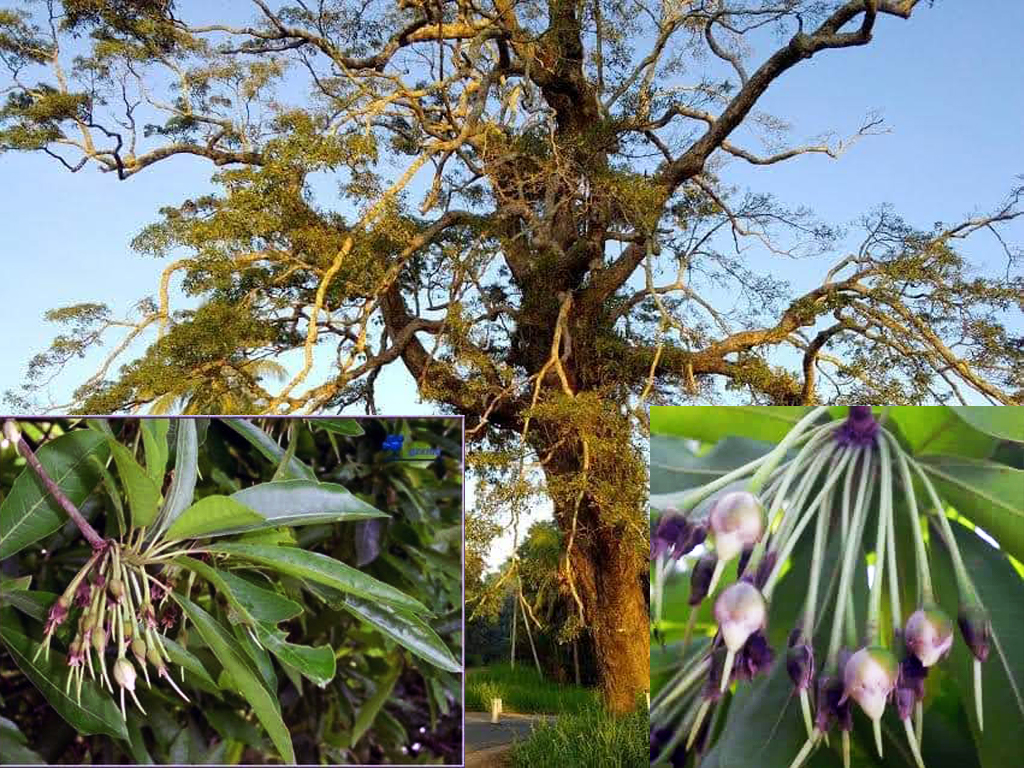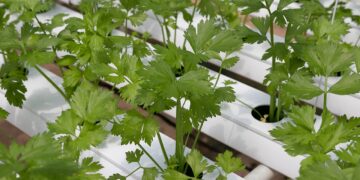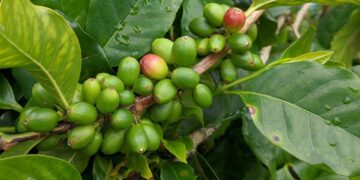No matter how sacred it is permission from the king is not required to cut down a BO tree. but cutting a MEE tree is a factor that leads to the death penalty let’s find out why.
| Botanical Name | Madhuca longifolia |
| Family | Sapotaceae |
| Genus | Madhuca |
Form
This tree grows up to 20m tall with a straight steam. Here is a delicate bouquet of immature leaves and young parts. The thick bark turns Gray. MEE flowers are yellowish white. The Greenish-yellow Fruits have shiny seeds inside. These flowers occur in the months of June and July. This MEE tree is the most Eco-Friendly plant found in our country.
Seven species of this tree can be found around the world. But the special thing is that 4 of them are endemic to us. King Devanampiyathissa mention the king’s day as the reason for the execution of this MEE cutting. Because these are like a royal wedding to the bats during the flowering and fruiting seasons. Bats also live in these trees. These fruit and flower-eating bats scatter over the bushes. About three kilograms of urea contain chemical compounds about the size of a litter box. Also, the soil receives nitrogen, which does not contain heavy in the dropping of these bats, but provides the chemical composition of ammonia, urea and TDM fertilizers. And the leaves of this tree fall straight into the pit. For the field.
Heavy metals in chemical fertilizer are the leading cause of damage to our kidneys. But if the MEE tree is used properly, we will not have a kidney problem. MEE tree naturally controls pests. Bats feed on crop damaging crops such as flies, mosquitoes and crop damaging flies as well as birds that come so the pests that harm the crop will automatically disappear.
Tree usually release oxygen during the day and night carbon dioxide at night. But the MEE tree is an excellent tree that release oxygen during the day and at night.
An adequate amount of fertilizer can be obtained from one MEE tree per acre. That is why this tree has been nicknamed the fertilizer Tree of the Nation








